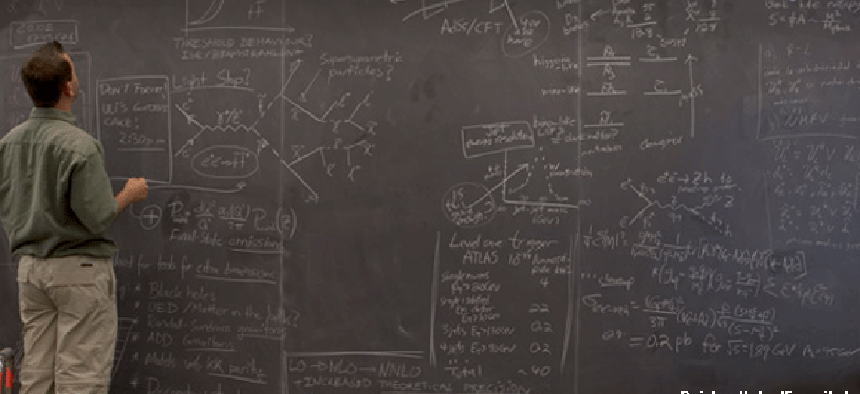Bigger bandwidth with just algebra

Researchers eliminate a wireless bottleneck by tackling the problem of dropped packets. All they needed was math.
I’m sure many of us, at one point or another during our mathematics education, thought, “What good can this possibly do me in the real world?” I know I did. I considered taking a class in multivariable calculus one semester, but then decided it was beyond what I’d ever need as a basic computer science major. In fact, probably all of the calculus I’d taken up to that point wasn’t necessary for my eventual career path, but I actually had considered it fun at times. Yeah, I’m a nerd, so sue me.
Apparently researchers at universities all over the world, led by the Research Laboratory of Electronics at the Massachusetts Institute of Technology, are trying to prove just how practical an application of mathematics can be. They have been concentrating on relieving a bottleneck that exists in every data network – what to do with lost information packets.
And they are using algebra to do it, according to MIT Technology Review. A typical wireless network can drop about 2 percent to 3 percent of its packets on average. In an environment such as a fast-moving train, the drop rate can go higher. But even a 2 percent rate is a bigger problem than it sounds. That’s because when a packet is dropped, the sending and receiving stations have to start a conversation about what was dropped and how to recover it. Usually the receiver ends up asking the sender to re-send the package. That extra traffic can result in quite a drag on transfer times.
The process prompted MIT scientists to come up with what they termed “coded TCP.” Instead of information packets, the sending station sends algebraic equations that describe the information. So if one packet goes missing, the receiver has a good chance of being able to reassemble the data without having to bother the sender for another copy.
In lab studies, researchers produced a 1,500 percent increase in bandwidth using this method. Whether this level of benefit will come out in full-scale development remains to be seen. Several companies have licensed the basic technology, Technology Review reported, though non-disclosure agreements have kept the details private.
But with an already tight spectrum that is getting more crowded by the year as public-sector agencies and other organizations add to their wireless, mobile networks, every little bit will help. And this algebraic approach could turn out to add more than a little bit.





